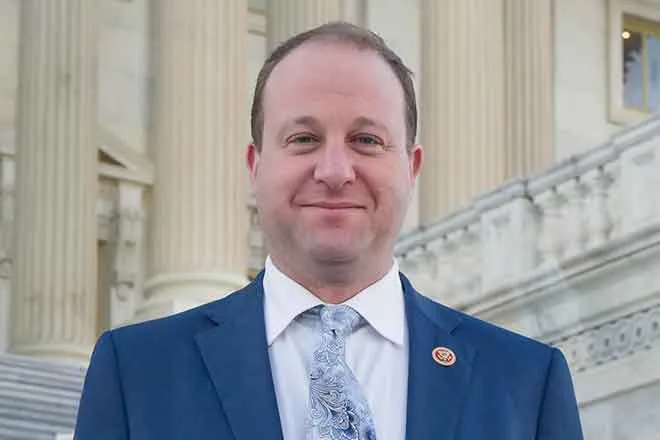
Colorado Governor Polis shares budget proposal with eye to slow Medicaid spending growth
© zimmytws - iStock-511889079
Colorado Governor Jared Polis Friday presented his initial budget plans for the next fiscal year, including recommendations to curb growth in state Medicaid spending.
The budget proposal includes about $18.6 billion in general fund spending, up 2.3 percent from the current fiscal year, which began in July. The Legislature’s Joint Budget Committee is in charge of crafting the budget and lawmakers are in charge of passing it, but the governor’s office gives hefty input through this proposal and an updated one in January.
The proposal calls for a 13 percent general fund reserve, down from the typical 15 percent reserve in recent years.

“This budget is a reflection of our priorities and supports our students by fully funding our schools, improving public safety, and addressing the strained fiscal environment we’re in due to H.R. 1 and President (Donald) Trump’s reckless tariffs,” Polis said in a statement.
H.R. 1, also known as the One Big Beautiful Bill Act, is the federal tax and spending measure Trump signed in July.
Medicaid growth has vastly outpaced how much the state government is allowed to spend under the Taxpayer’s Bill of Rights, a state constitutional amendment that pegs spending increases to population growth and inflation. The ballooning program was one reason lawmakers needed to trim $1.2 billion from the budget this year, and it is contributing to the expected $850 million gap next year.
Medicaid is a health insurance program operated jointly by federal and state governments that provides coverage to low-income families and individuals. Almost one-fifth of Coloradans receive Medicaid benefits.
Polis proposes an increase in Medicaid spending by about $300 million, versus the projected growth of about $630 million. He called that a “down payment” to get program spending closer to the TABOR cap rate — spending has increased about 8.8 percent per year over the last decade, according to his office, about double the TABOR cap growth. If that trend continues, Medicaid spending could eat up most of the state’s general fund spending ability.
“There’s two levers on Medicaid,” Polis said during the presentation at the Governor’s Residence in Denver. “One is how many people you cover and two is what you cover. There have been a number of benefits that have been added in recent years and some of those aren’t sustainable over time.”
He highlighted dental benefits. They were once capped at $1,500 per year, but then that cap was lifted. Polis wants to reinstate a cap at $3,000 annually.
He also wants legislation next year to set a year-over-year growth rate in Medicaid general fund spending. His office is working with a third party to compare Colorado’s Medicaid program with national benchmarks to give some idea of how to curb growth. A public report on those findings should be available late this year or early January.
Administrative cost cuts
The budget proposal also includes suggestions for changes in departmental administration costs, ranging from a 34 percent reduction in the governor’s office to an 8 percent increase in the Department of Public Safety. The Department of Early Childhood would see an 11 percent decrease, the Department of Local Affairs would have a 26 percent decrease and the Department of Higher Education would have a 16 percent decrease in operating costs. Overall, those cuts would save about $25 million.
“It doesn’t mean anyone is laid off,” he said. “It means openings wouldn’t be filled.”
Polis is once again calling for the privatization of Pinnacol Assurance, the insurer of “last resort” for workers’ compensation, in order to cover the continuation of the senior homestead exemption and state building maintenance. His proposal predicts a $400 million profit from such a sale.
On education, Polis wants to limit in-state tuition increases to 2.6 percent. He also wants to raise per-pupil funding in K-12 to $413 and partially start to implement a new school finance formula intended to send money to districts based on individual student needs, instead of the five-year average number of students.
















